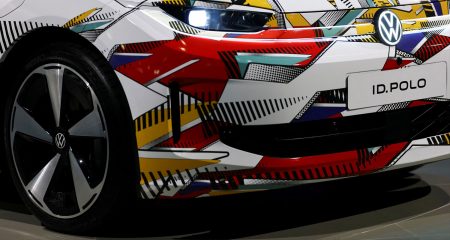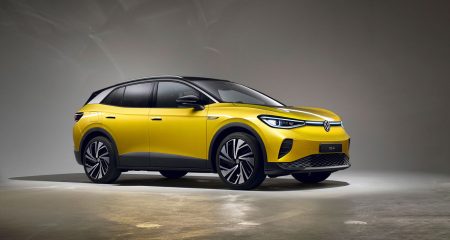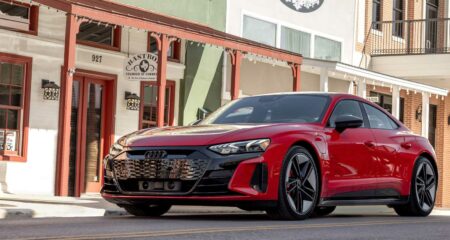 Volkswagen plans to invest €180-billion (R3.5-trillion) over the next five years in areas including battery production and its North American operations, it said on Tuesday, with spending on combustion engines to decline from 2025.
Volkswagen plans to invest €180-billion (R3.5-trillion) over the next five years in areas including battery production and its North American operations, it said on Tuesday, with spending on combustion engines to decline from 2025.
As it works toward a target of 50% electric vehicle (EV) sales globally by 2030, over two-thirds of the five-year investment budget is allocated towards electrification and digitalisation, up from 56% in a five-year plan it had released a year earlier.
In the latest plan, €15-billion is ring-fenced for battery plants and raw materials and €2-billion will be put toward a plant in North Carolina for its Scout brand.
Investment in combustion engine technology will peak in 2025 and decline from then on, said the car maker, which has more ambitious electrification targets than some rivals.
The investment decisions are targeted towards fulfilling a 10-point plan developed by CEO Blume after he took the reins in September.
Later on Tuesday, Volkswagen is also expected to share the results of a “virtual equity story” exercise instigated by Blume. That had all of the company’s brands, which span from Audi to Bentley, prepare for a listing as a training exercise to become more attractive to capital markets.
The most likely stock market candidate is battery unit PowerCo. Reuters in November reported talks were with investors to buy into the division ahead of a possible partial listing.
Optimistic outlook
The car maker this month issued an optimistic outlook for the year ahead that sent shares soaring, forecasting a 10-15% rise in revenue on 14% higher deliveries despite supply-chain challenges.
Volkswagen’s earnings margin in 2022 were at the upper end of its 8.1% forecast, with sales and earnings outpacing 2021 levels despite supply-chain turmoil dragging its net cash flow far below target.
Read: VW says South Africa must end coal dependence for EVs to make sense
On Monday, Volkswagen announced its first battery cell plant outside of Europe would be in Canada, with production to start from 2027. It was in no rush to decide on the location of its next European plant until it knew what incentives Europe would offer, board member Thomas Schmall said. — Victoria Waldersee, (c) 2023 Reuters




